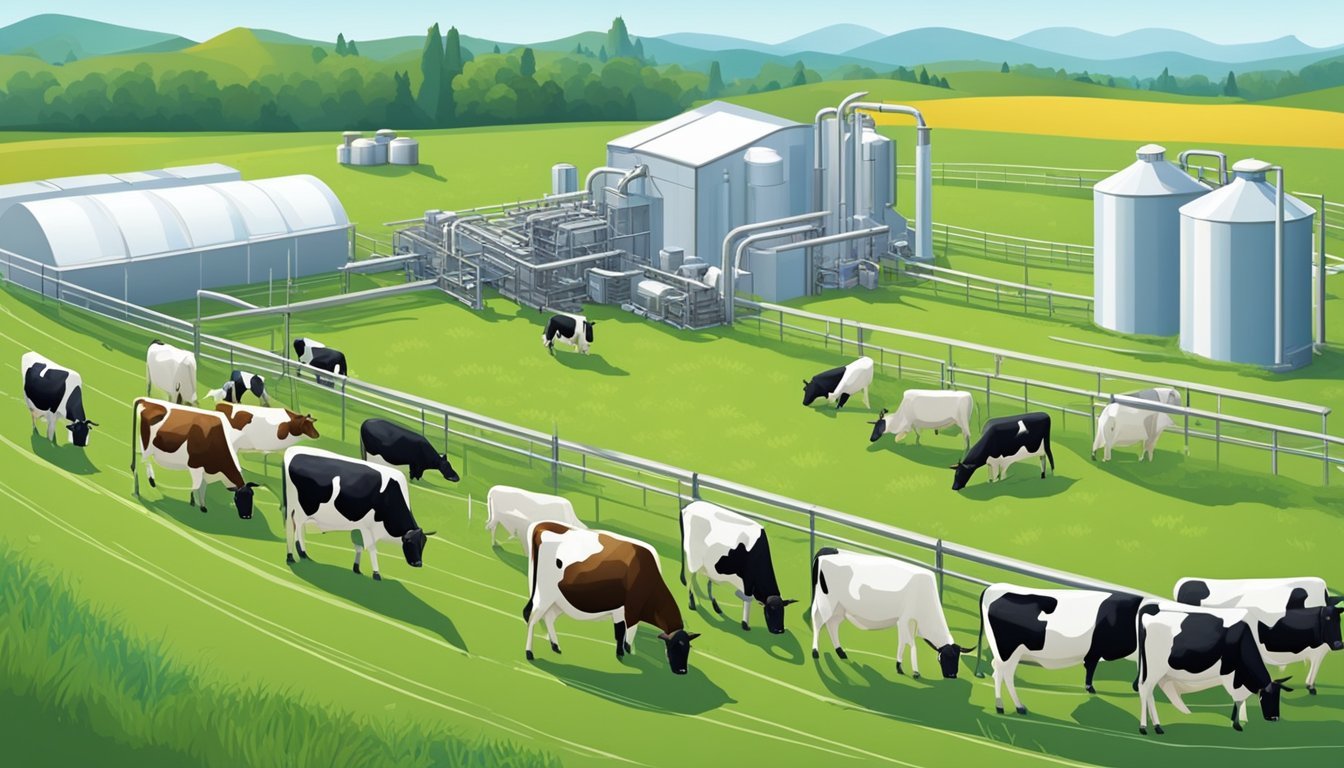movingstarvoices.org – Milk is a staple in many diets worldwide, cherished for its nutritional benefits and versatility. But have you ever wondered about the journey it takes from the farm to your table? This article explores the fascinating process that ensures milk’s freshness and quality, from the moment it is collected from the cow to when it arrives at your local grocery store.
1. The Farm: Where It All Begins
The journey of milk begins on the farm, where dairy cows are raised. Farmers take great care to ensure the health and well-being of their cows, as healthy cows produce high-quality milk. The cows are typically milked two to three times a day using milking machines that are designed to be gentle and efficient. The milk is immediately cooled to preserve its freshness and prevent spoilage.
2. Transportation: Keeping It Cool
Once collected, the milk is stored in refrigerated tanks and transported to processing facilities. This step is crucial, as maintaining a consistent, cool temperature ensures that the milk remains fresh and safe for consumption. The transportation process is carefully monitored, and the milk is tested for quality and safety upon arrival at the processing plant.
3. Processing: Ensuring Safety and Quality
At the processing facility, milk undergoes several steps to ensure it is safe for consumption. It is pasteurized, a process that involves heating the milk to a specific temperature to kill harmful bacteria without affecting its nutritional value. Homogenization follows, which prevents cream from separating by breaking down the fat molecules, resulting in a smooth, uniform texture.
4. Packaging: Ready for the Market
After processing, the milk is packaged into various containers, such as cartons or plastic bottles, in different sizes to suit consumer preferences. These containers are sealed to maintain freshness and are labeled with important information, including nutritional content and expiration date.
5. Distribution: From Plant to Store
The packaged milk is then distributed to grocery stores, supermarkets, and other retail outlets. It is transported in refrigerated trucks to maintain its quality during transit. Retailers store the milk in refrigerated sections to ensure it remains fresh for customers.
6. The Table: Enjoying the Final Product
Finally, the milk reaches your table, ready to be enjoyed in a variety of ways—whether poured over cereal, mixed into coffee, or used in cooking and baking. At this stage, all the care and precision involved in its journey ensure that you receive a product that is both delicious and nutritious.
Milk’s journey from farm to table is a testament to the dedication of farmers, processors, and distributors who work together to deliver this essential product. By understanding this process, consumers can better appreciate the effort and expertise involved in bringing fresh, high-quality milk to their homes.
